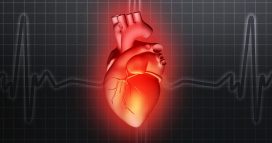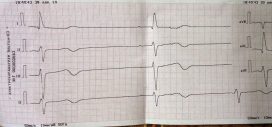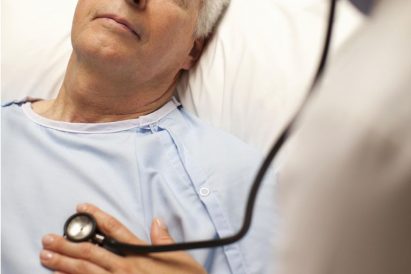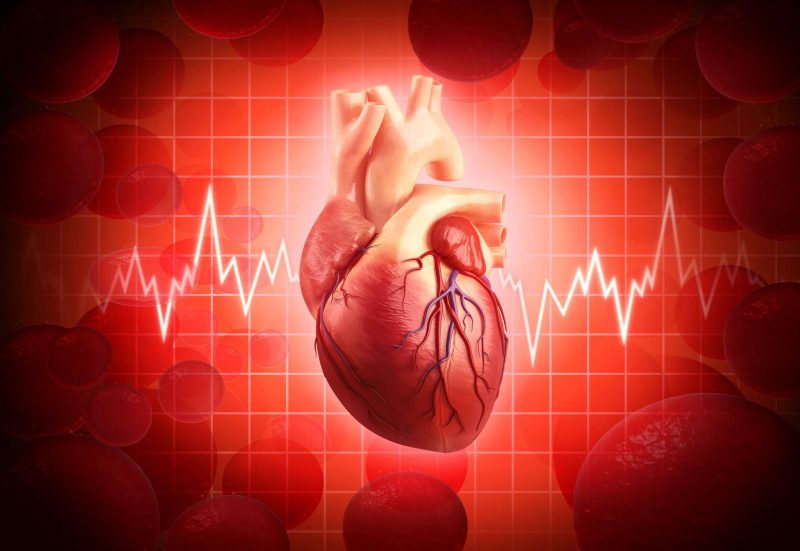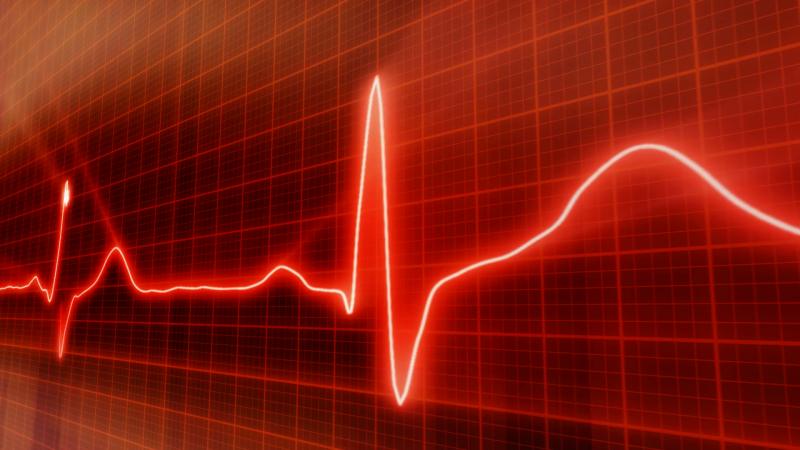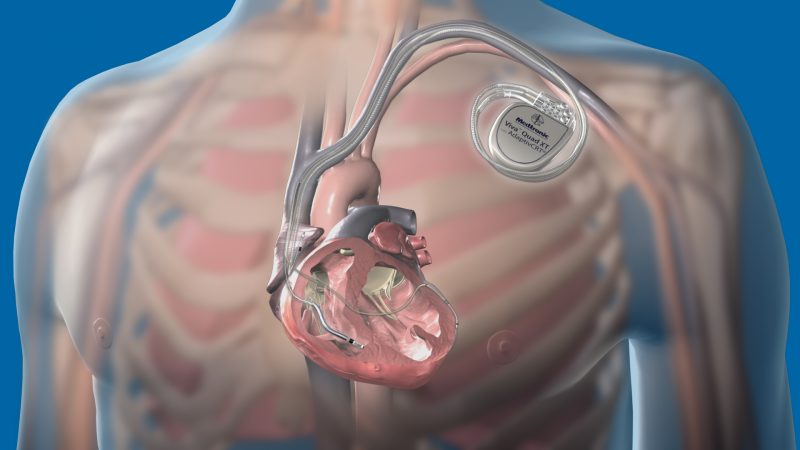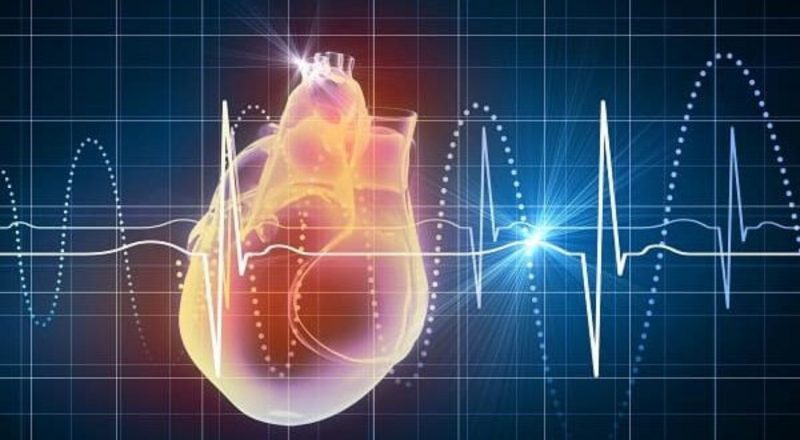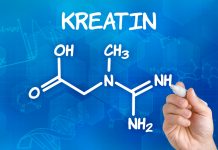Normally, the human heart contracts 60-80 times per minute, but there are changes in the correct rhythm, bradyarrhythmia is one of them. With this pathology, a stimulating impulse in the heart muscle occurs randomly (arrhythmia) and not often enough (bradycardia). Such failures can be periodic or permanent, occur due to the presence of pathology or under the influence of physiological factors. Treatment depends on the cause of the disease, as well as on the severity of the patient's condition. In extreme cases, you have to resort to surgery.
Material Content:
What is bradyarrhythmia?
Bradyarrhythmia is a violation of the conductivity of an electrical impulse that stimulates the contraction of the myocardium (heart muscle). It is characterized by a decrease in heart rate (heart rate) to 59 and fewer beats per minute in an adult and less than 80 beats in children under 10 years of age. As a result, the blood supply to important organs worsens. The patient complains of weakness, dizziness, periodic attacks of loss of consciousness.
Depending on the place from which the impulse comes out, two types of pathology are distinguished:
- sinus bradyarrhythmia - pulse generation occurs in the sinoatrial node, but under the influence of the parasympathetic nervous system, heart rate is reduced to 50 strokes. This condition is considered physiological for some people, for example, trained athletes. However, an ordinary person should cause concern.
The development of a pathological condition is possible with an overdose of digoxin, calcium blockers or antiarrhythmic drugs. The rhythm is restored independently after the removal of toxins from the body. - nodal bradyarrhythmia - characterized by the shutdown of the sinus node. The atrioventricular node takes on its role. Due to the fact that it cannot work at the same frequency as the sinoatrial, the heart rate drops below 50 beats per minute. A similar condition under any circumstances is a pathology and requires treatment. Most often, install a pacemaker.
Causes and symptoms in children and adults
The reasons for the violation of the heart rhythm are divided into two groups: functional factors and pathological changes in the myocardium. The first option is due to a malfunction in the sympathetic and parasympathetic nerve fibers that regulate the heart muscle. Changes are transitory, therefore, the remaining options are less dangerous.
The second group is characterized by changes in the structure of the heart, which prevent the generation of an electrical impulse or conduct it through the fibers, as a result of which the rhythm and heart rate are disturbed.
Reasons for functional bradyarrhythmia:
- regular exercise, training the cardiovascular system;
- deep breathing for a long time;
- activation of the parasympathetic system;
- special breathing exercises.
Such a slowdown of the pulse does not bring severe discomfort and passes on its own. The danger arises from an overdose of drugs, as well as after mechanical exposure to the chest area (for example, electric shock), which, along with extraneous intervention, requires medication.
Causes of pathological changes in the pulse:
- heart disease;
- cardiosclerosis (myocardial scarring);
- lack of thyroid hormones;
- hypertonic disease;
- a history of heart attack.
A rare and irregular heartbeat is a symptom of pathologies such as sinus weakness syndrome, blockage of the bundle of His, atrioventricular block.
The symptomatology of the disease depends on the severity of the pathological process. Some patients with implicit slowing of the pulse (up to 50 beats) usually do not realize the presence of dysfunction. They may feel general weakness, fatigue, decreased performance, but do not associate these signs with the work of the heart.
In more serious disorders, chest pains on the left, chills, cold extremities appear. All this is associated with insufficient blood circulation in the organs.
Severe bradyarrhythmia with a decrease in heart rate to 45 and below causes severe dizziness, the appearance of flies in front of the eyes, loss of consciousness. Such a patient needs emergency care, stabilization of hemodynamics, and with repeated attacks - the installation of a pacemaker.
Diagnostic measures
It is possible to suspect the presence of bradyarrhythmia even at the prehospital stage, based on an anamnesis and objective examination. The patient is usually lethargic, inhibited, presents characteristic complaints. The main role is played by the assessment of the pulse - it is rare, uneven, and may be weak.
Confirm or refute the diagnosis is possible only with the help of additional diagnostic methods:
- ecg - ventricular complexes are repeated at large intervals, the distance between contractions is uneven;
- ultrasound examination of the heart;
- daily monitoring of the cardiovascular system - taking a cardiogram and measuring blood pressure every half hour for a day.
Bradyarrhythmia is not an independent disease, but only a symptom, therefore, diagnosis should be aimed at identifying the root cause of a malfunction in the heart.
Heart rhythm disorder treatment
With a mild form of bradyarrhythmia (heart rate = 50-60 per minute), specific treatment is not carried out.In order to prevent such patients need to take medicines based on herbal preparations - tinctures of Echinacea, Eleutherococcus, Schisandra. The exception is patients with severe pathologies of the heart or blood vessels (the presence of defects, atherosclerotic plaques, etc.), which require surgical intervention and constant monitoring.
Drug treatment
The treatment of bradyarrhythmia depends on the cause of its occurrence. In case of an overdose of drugs - they cancel their intake and carry out detoxification therapy, with organic myocardial lesions - get rid of the underlying disease.
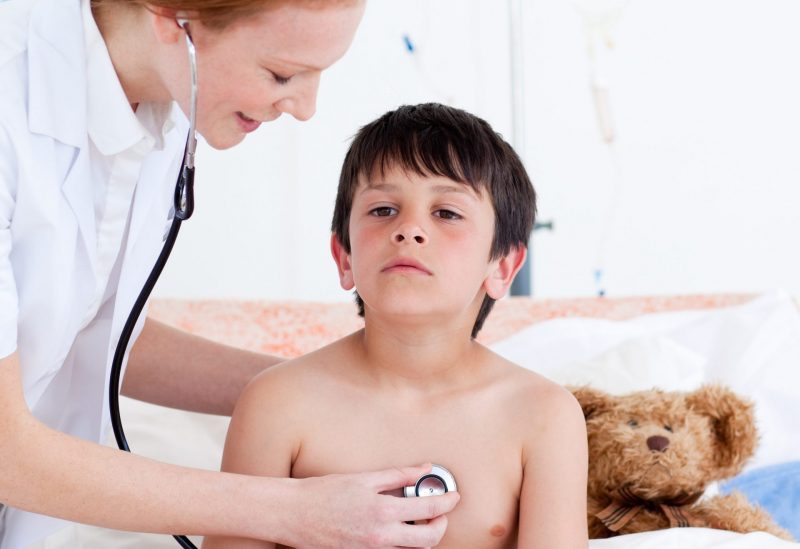
Bradyarrhythmia in a child does not require treatment if there is no threat to the life of a small patient. Often babies outgrow the disease and in adulthood, their heart beats rhythmically and at a normal speed. Parents should increase the presence of potassium, magnesium and B vitamins, include dried fruits, legumes, citrus fruits, meat, spinach in the diet of children.
Severe bradyarrhythmia (pulse less than 40) with bouts of loss of consciousness requires emergency care. At the prehospital stage, the doctor will begin drug therapy - atropine, nifedipine, prednisone, adrenaline. The drugs will briefly make the heart beat faster, during which time the question of the possibility of the operation should be resolved.
Pacemaker Installation
Surgery is indicated for people whose heart is not coping with its task. Such patients often lose consciousness, complain of severe chest pain. A pacemaker is a small device that independently generates an electrical impulse and sends it to the heart tissue with the desired frequency. In addition, he turns off the biological pacemaker so that several signals do not arrive at once.
Life after surgery is practically no different from the same conditions of an ordinary person. A month after the installation of the chip, the patient is able to engage in sports, vigorous activity. It should be remembered that some devices can disable a pacemaker, for example, an MRI device.
What is the difference between bradyarrhythmia and bradycardia
Bradycardia is a decrease in the number of heart contractions in one minute, arrhythmia is an uneven heartbeat.
Bradyarrhythmia is called an irregular, rare pause heartbeat.
Possible complications and prevention
If the patient ignores the symptoms, does not go to the doctor and does not treat the disease, he runs the risk of complications such as:
- sudden cardiac arrest, death;
- increased incidence of loss of consciousness;
- thrombosis, blockage of important vessels (stroke, heart attack).
With proper treatment, the prognosis is favorable. If there are no organic changes in the myocardium, the disease can go away on its own. The installation of a stimulant improves the quality of life and increases its duration.
There is no specific prophylaxis for bradyarrhythmias. To reduce the risk of its occurrence, you need to lead a healthy lifestyle, stop smoking, timely identify and eliminate factors that are toxic to the heart.


